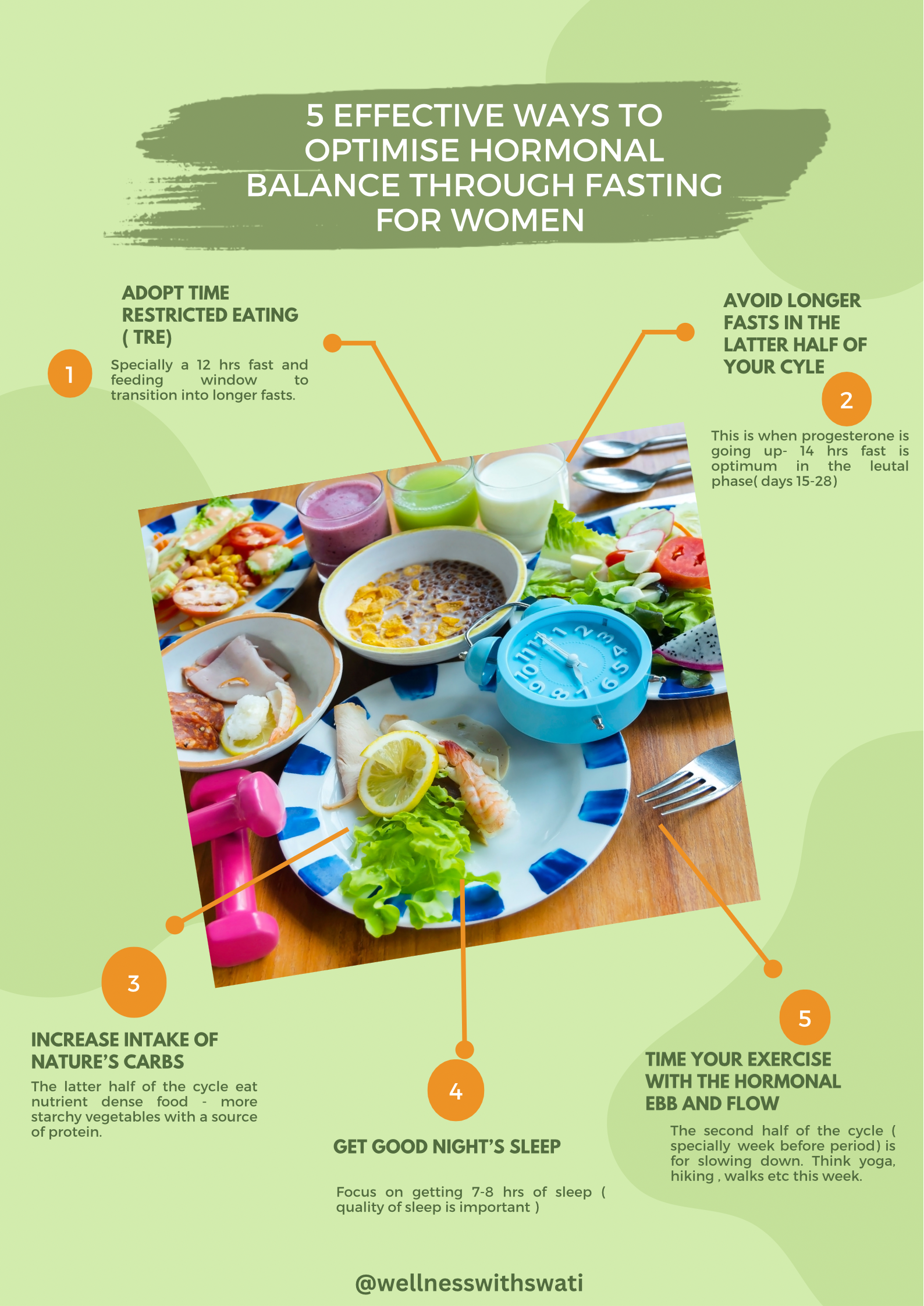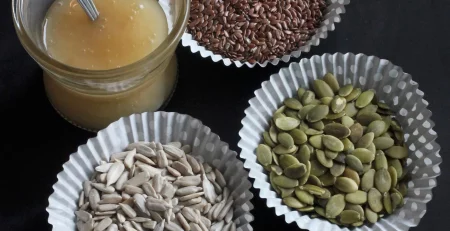Is Intermittent Fasting safe for women?
IF has gained a solid following in the last decade and there is no denying that the effects of IF on our metabolic health is paramount. However, fasting has been practiced by different religious and spiritual groups for thousands of years. On a cellular level bodies are designed to go through the different phases of fast and feast cycles for gut health, cellular clean up, optimum health and vitality.
But the bigger question is ( I always get this from my women clients) -Is it safe for women? Well, today’s post is all about how to sync the fasting lifestyle with the hormonal ebb and flows that we women go through each month.
The good news is that women can reap all benefits of IF if you adopt a fasting protocol tailored to your hormonal fluctuations and unique biochemical needs caused by the hormonal fluctuations .
IF has different protocols the most common one being, Time Restricted Eating(TRE)- this shortens your daily eating window eg – 16:8 fast – where the eating window is constrained to 8 hours and the rest of the time is for fasting. This strategy when adopted through the menstrual cycle we can derive maximum benefits while honouring the hormonal ebb and flow.
Here are 5 simple ways you can sync fasting to your hormonal surges through the 28 days cycle.
- Start with TRE ( time restricted eating) – A small change to begin the fasting lifestyle is to start with 12 hrs fasting window. This approach is a great transition to longer fasts without putting the body under too much stress and triggering cortisol and adrenaline. This protocol can be practiced through the 28 days cycle( body needs time to digest food, absorb nutrients, cellular clean up, use fat as fuel for energy etc)for vast fasting benefits.
- Avoid longer fasts in the latter half of your cycle ( think days 15 -28- Luteal phase)– This is a common mistake I see among the women clients. A longer fast specially towards the last week or 10 days of the cycle wreaks havoc to the hormonal symphony. Increased cortisol levels because of longer fasting reduces the surge of hormone progesterone (the calming hormone) causing PMS, cravings , irritability , anxiety . A 14 hrs fast is perfect this phase. The last week leading to day 1 of menstruation a 12 hrs fast is ideal.( remember we have to work with progesterone this phase of our cycle).
- Eat Nature’s carbs the week or 10 days leading to the period – Have you noticed that the latter half of our cycle the cravings ( for carbs, sugar) go up. A nutrient dense meal with nature’s carbs ( think sweet potato, pumpkin, wild rice, quinoa, squash etc) with a source of protein will support the surging hormone progesterone and keep cravings at bay ( complex carbs from nature help a slow release of sugar instead of processed carbs like cake, muffins , croissants to name a few). Nutrient dense food with low glycemic load is ideal during this phase.
- Focus on quality sleep – A good night’s sleep for 7-8 hours will also keep the cortisol levels in balanced and in check. Slowing down , using relaxation techniques and meditation will help for a better quality sleep .
- Sync exercise with your cycle – It is super important to time our workout routines in accordance with our cycle. The first half ( follicular phase days 1-14) is a great time to increase the exercise intensity as estrogen levels are going up( more physical energy during this time). Whereas the second half is the time to slow down- yoga, pilates, walks, swimming, low intensity resistance training are your go to. Idea is again to support progesterone and keep cortisol levels balanced.
A female body requires a more flexible and nuanced approach when it comes to fasting . Slowly but surely when we are in tune with our own cycle and understand our hormonal needs , our physical and mental body regains hormonal balance.
To know more about my work visithttp://www.wellnesswithswati.com
or email us at wellnesswithswati@gmail.com
Stay healthy,
Swati
References
https://www.cell.com/cell/fulltext/S0092-8674(19)30850-5
https://www.ncbi.nlm.nih.gov/pmc/articles/PMC4960941/
https://pubmed.ncbi.nlm.nih.gov/34478825/
https://pubmed.ncbi.nlm.nih.gov/26311347/












Leave a Reply